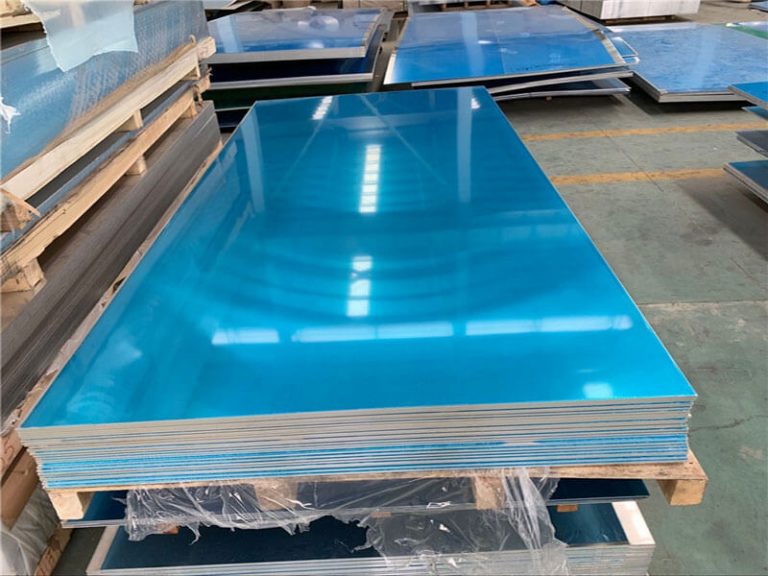A356 T6 Aluminum Alloy
A356 (AlSi7Mg0.3) aluminum alloy chemical composition
In sand casting and permanent mold aluminum casting, A356 aluminum alloy material is very common. It has 3 brands: A356.0; A356.1; A356.2. Refer to the table below for their chemical properties.
| Brand | Si | Mg | Fe | Cu | Zn | Mn | Ti | Al |
| A356.0 | 6.5-7.5 | 0.25-0.45 | 0.2 | 0.2 | 0.1 | 0.1 | 0.2 | Rest |
| A356.1 | 6.5-7.5 | 0.3-0.45 | 0.15 | 0.2 | 0.1 | 0.1 | 0.2 | Rest |
| A356.2 | 6.5-7.5 | 0.3-0.45 | 0.12 | 0.1 | 0.05 | 0.05 | 0.2 | Rest |
A356 T6 Aluminum Alloy Mechanical Properties
| Material | Yield Strength | Fracture Strength | Elongation | Section Shrinkage |
| A356.2 | 216.64MPa | 224MPa | 1.086% | 0.194% |
Aluminium Alloy A356 Advantage
Aluminium Alloy A356 has high castability and strength. Its elongation is suitable for thin parts and places where pressure resistance is required.
Aluminium Alloy A356 has many good performance advantages. Such as good fluidity, no tendency to thermal cracking, small linear shrinkage, good air tightness, good casting performance, small specific gravity, and good corrosion resistance.
Aluminium Alloy A356 Applications
Aluminium Alloy A356 can be used in many fields:
- various shells;
- Aircraft pump parts, aircraft joints;
- Automobile transmission, pulley;
- Fuel tanks, high heat-resistant branch stress components;
- other machine parts.
Heat treatment status code and meaning for casting aluminum alloy
T1 Artificial aging
The alloy cast by metal mold or green sand mold has a fast cooling rate and has obtained a certain degree of supersaturated solid solution. At the same time, it has a partial quenching effect.
After artificial aging and desolvation strengthening, the hardness and mechanical strength can be improved. Workability can also be improved.
T2 Annealing
The main function of T2 annealing is to eliminate casting stress and stress caused by casting processing. Stable casting dimensions. In this way, the silicon crystals of the aluminum-silicon series alloys can be spheroidized to improve their plasticity.
The effect on Al-Si alloy is obvious, the annealing temperature is 280-300℃, and the holding time is 2-4h.
T4 solution treatment (quenching) plus natural aging
Quench by heating and holding, then dissolving the soluble phase. In this way, a large amount of the reinforcing phase can be dissolved in the α solid solution to obtain a supersaturated solid solution.
The hardness, strength and corrosion resistance of the alloy can be improved by the above methods.
The final heat treatment is for Al-Mg series alloys. Preliminary heat treatments are for other alloys that require artificial aging.
T5 solution treatment (quenching) plus incomplete artificial aging
It is usually used to obtain higher strength and plasticity. It is worth noting that this method reduces corrosion resistance, especially intergranular corrosion increases.
Low aging temperature and short holding time. The aging temperature is about 150-170℃, and the holding time is 3-5h.
T6 solution treatment (quenching) plus full artificial aging
If you want to get the highest intensity, you can do it this way. But its material reduces plasticity and corrosion resistance. The operation needs to be carried out at higher temperature and longer time.
This operation is suitable for parts requiring high load, the aging temperature is about 175-185 ℃, and the holding time is more than 5h.
T7 solution treatment (quenching) plus stabilization tempering
This method of operation is mainly used to stabilize the size and structure of castings and maintain high mechanical properties. And can improve corrosion resistance, especially stress corrosion resistance. .
The operation needs to be carried out near the operating temperature of the part. It is suitable for parts that work under 300℃ at high temperature. The tempering temperature is 190-230°C, and the holding time is 4-9h.
What is the difference between 6061 and 6082? aluminium alloy a356 and 6082?
| 6061-T6 Aluminum | A356. 0 Aluminum | 6082-T6 Aluminum | |
| Elongation at Break | 10% | 3-6% | 10% |
| Fatigue Strength | 96 MPa | 50-90 MPa | 96 MPa |
| Shear Modulus | 26 GPa | 26 GPa | 26 GPa |
| Ultimate Tensile Strength | 310 MPa | 160-270 MPa | 310 MPa |
| Yield Tensile Strength | 270 MPa | 83-200 MPa | 260 MPa |
| Melting Onset | 580℃ | 570℃ | 555℃ |
| Thermal Conductivity | 170 W/m-K | 150 W/m-K | 180 W/m.K |
| Thermal Expansion | 24 μm/m-K | 21 μm/m-K | 24 μm/m-K |
| Density | 2. 7g/cm3 | 2. 6g/cm3 | 2. 7g/cm3 |
The above introduces the heat treatment method and precautions of aluminum alloy t6 A356, Hope it can be usefule

